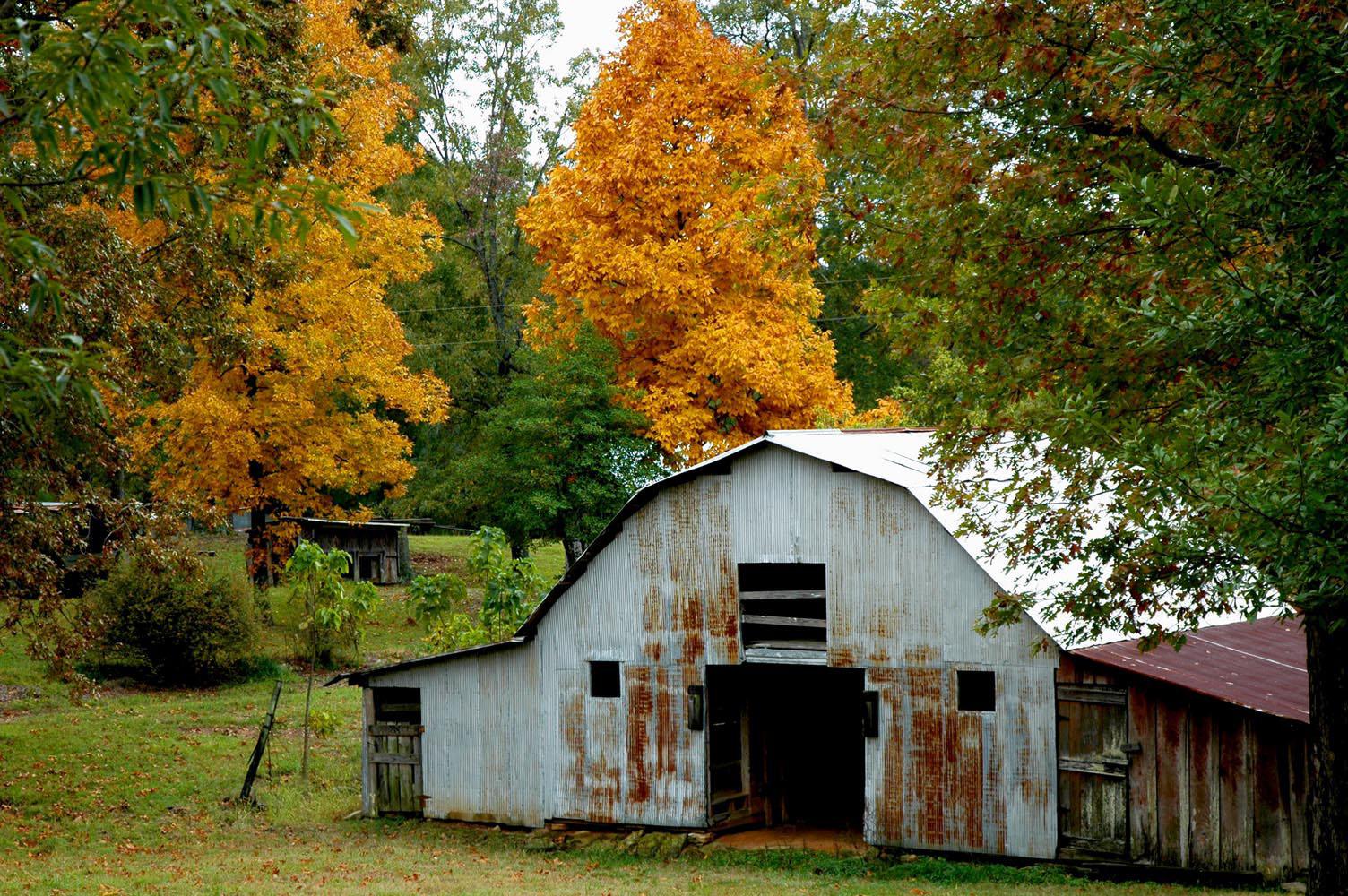Information Possibly Outdated
The information presented on this page was originally released on November 16, 2006. It may not be outdated, but please search our site for more current information. If you plan to quote or reference this information in a publication, please check with the Extension specialist or author before proceeding.
Enjoy awesome fall foliage color
By Norman Winter
MSU Horticulturist
Central Mississippi Research & Extension Center
Just a couple of months ago, many of us worried the drought was going to drop most of the leaves before fall colors had a chance. Today, we are awestruck by the awesome colors on display.
It has been and is a banner year all over the state. In late October, I was with my son at a golf tournament in Tupelo, and it felt like we were in North Carolina.
Last week, I drove from Louisville to Kosciusko, and the hickories, sweet gums and red maples were exceptional. From Kosciusko I got on the Natchez Trace, and the color was the same. Partner that with some reflective color from water flowing down the small creeks after the recent rains, and I had some truly picturesque moments.
When we look at fall color scientifically, words like carotenoids, pigments and chlorophyll enter into the discussion, as does auxin, gibberellins, other growth hormones and enzymes.
Good conditions to make great fall colors boil down to cool night temperatures and warm, sunny days. Climatic conditions have the greatest effect on the production of anthocyanin pigments that intensify the red and scarlet colors. Conditions that most favor these colors are sunny days and nighttime temperatures between 45 degrees and freezing.
Even though chlorophyll in leaves declines in the fall, it is still important for photosynthesis to take place. If an abundance of cloudy weather prevents photosynthesis from occurring, leaf color will be mediocre even if temperatures are ideal. This also can weaken the leaf, making it easy for a northern wind to blow it off the tree.
Cool night temperatures limit the movement of sugar from the leaves. It also reduces the rate of respiration in the leaf, so some sugars are converted to carbon dioxide. Those retained are converted to colorful anthocyanin pigments. This year we can holler, “Bingo!”
Even with perfect climatic conditions, if we don't have the best species of trees, we are at a disadvantage from the start. In addition to hickories, red maples and sweet gums, some other native champions of fall color are the oaks. Swamp chestnut oaks, scarlet oaks and northern red oaks are some of my favorites.
The shumard oak and pin oak have a rusty red fall color, although they turn a brilliant crimson in some years. The black gum or Tupelo tree, grown mostly in swamps, is also recognized for its brilliant fall color.
The sumacs offer much for today's urban landscape -- not only for an almost tropical look during the summer, but for incredible fall color. If that weren't enough, consider also they are champions for feeding birds.
Much also can be said for the dogwood. Awesome spring bloom, great fall color and then weeks of a tasty delicacy for birds make this tree a winner throughout Mississippi.
I've only mentioned a few, but there are so many more natives for fall color and wildlife habitats. The good news is now is the time to plant. Many of our better garden centers have plenty of natives, allowing you to have fall color for years to come.
Planting now lets the tree roots get going during a cooler, less stressful time of the year. Plant native trees to feed birds and provide nesting. They also ensure your grandchildren's future enjoyment.








